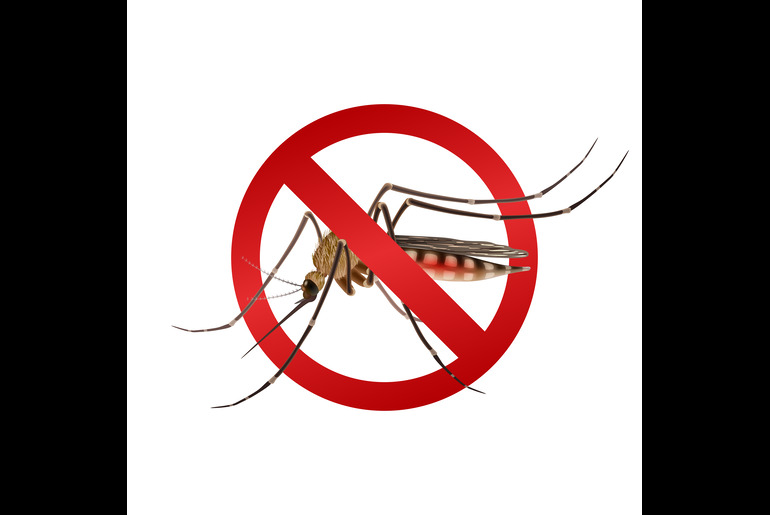Ever found yourself wondering why some mosquito bites lead to a few days of discomfort while others can land you in a hospital? Malaria and dengue, two of the most common mosquito-borne diseases in India, are often confused due to their similar initial symptoms. However, understanding the differences between them can make a huge difference in treatment and prevention. Let’s break down what sets these two illnesses apart and why it is important to know the difference.
What is Malaria?
Malaria is a life-threatening disease caused by Plasmodium parasites, which are transmitted to humans through the bites of infected female Anopheles mosquitoes. Malaria is characterized by cycles of fever, chills, and sweating, often leading to severe complications if not treated promptly.
What is Dengue?
Dengue, on the other hand, is caused by the dengue virus, which is transmitted by Aedes mosquitoes, particularly Aedes aegypti. Unlike malaria, dengue is known for its sudden onset of high fever, severe headache, pain behind the eyes, and intense joint and muscle pain, which has earned it the nickname “breakbone fever.”
The Difference Between Malaria and Dengue
Transmission of Malaria and Dengue
Malaria is primarily transmitted by Anopheles mosquitoes, which breed in stagnant freshwater environments such as ponds, swamps, and marshes. These mosquitoes are typically active from dusk to dawn, which is why mosquito netting and indoor spraying are effective preventive measures.
In contrast, dengue is spread by Aedes mosquitoes, which breed in clean, stagnant water found in containers, flowerpots, and discarded tyres around human habitats. Aedes mosquitoes are most active during the day, particularly in the early morning and late afternoon. This difference in mosquito activity times means that preventive strategies for dengue include eliminating breeding sites and using mosquito repellents during the day.
Differences in Symptoms
Malaria symptoms typically appear 10-15 days after an infected mosquito bite. The fever associated with malaria often follows a cyclical pattern, recurring every 48-72 hours, depending on the species of Plasmodium involved. Other symptoms include chills, sweating, headache, nausea, and, in severe cases, anemia and jaundice.
Dengue symptoms, on the other hand, manifest 4-10 days after a bite from an infected mosquito. Dengue fever is characterized by a sudden high fever, which can persist for up to a week. Unlike the cyclical fever of malaria, dengue fever is continuous and high. Patients may also experience severe joint and muscle pain, extreme fatigue, skin rash, and mild bleeding (such as nosebleeds or gum bleeding).
Diagnosis
Diagnosing malaria involves blood tests that detect the presence of Plasmodium parasites in the bloodstream. Microscopy, rapid diagnostic tests (RDTs), and polymerase chain reaction (PCR) tests are commonly used to confirm malaria infections[6]. Early and accurate diagnosis is crucial for initiating timely treatment and preventing complications.
Dengue diagnosis also relies on blood tests, but these tests are designed to detect the dengue virus or the antibodies produced in response to the infection. Laboratory tests such as the NS1 antigen test, IgM, and IgG antibody tests, as well as PCR tests, are utilized to confirm dengue. Early diagnosis is essential for effective management, as dengue can lead to severe complications if not monitored properly.
Treatment Options
The treatment for malaria involves the use of antimalarial medications. The choice of medication depends on the Plasmodium species causing the infection and the drug resistance patterns in the region. Prompt treatment is vital to prevent severe complications and fatalities[1].
There is no specific antiviral treatment for dengue. Instead, management focuses on supportive care, which includes maintaining adequate hydration, providing pain relief with acetaminophen, and monitoring for signs of severe dengue, such as plasma leakage, severe bleeding, and organ impairment. Hospitalization may be required for severe cases to provide intravenous fluids and close monitoring[2].
Seeking medical attention for both malaria and dengue is crucial to receive appropriate care and avoid severe complications. Early intervention can significantly improve outcomes and reduce the risk of long-term health issues.
Conclusion
Understanding the differences between malaria and dengue is essential for effective prevention, diagnosis, and treatment. Stay informed, stay safe, and prioritize your health by taking preventive actions against mosquito-borne illnesses.
Reference Links:
https://www.who.int/health-topics/malaria#tab=tab_1
https://www.who.int/news-room/fact-sheets/detail/dengue-and-severe-dengue#:~:text=Dengue%20(break%2Dbone%20fever),aches%2C%20nausea%2C%20and%20rash.
https://www.mayoclinic.org/diseases-conditions/dengue-fever/symptoms-causes/syc-20353078
https://my.clevelandclinic.org/health/diseases/15014-malaria
https://my.clevelandclinic.org/health/diseases/17753-dengue-fever
https://www.cdc.gov/malaria/hcp/diagnosis-testing/malaria-diagnostic-tests.html#:~:text=Microscopic%20examination%20of%20blood%20films,species%20to%20ensure%20proper%20treatment.
https://www.cdc.gov/dengue/hcp/diagnosis-testing/serologic-tests-for-dengue-virus.html#:~:text=Positive%20IgM%3A%20Patients%20with%20a,results%2C%20are%20considered%20unconfirmed%20cases.





Comments are closed.